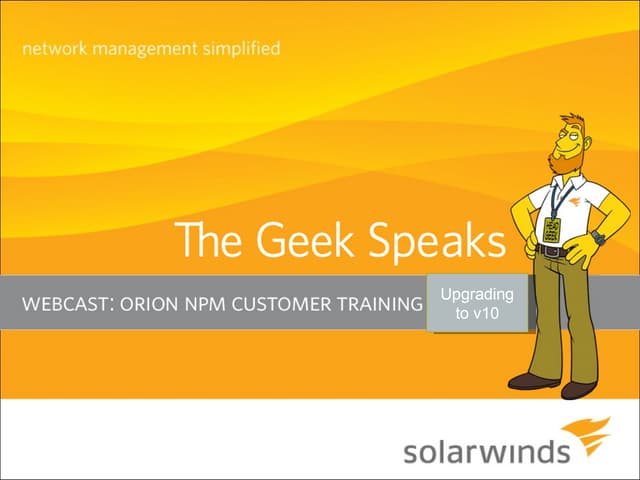

Sensors that are commonly deployed to measure response and data processing essentials are discussed. This chapter introduces the reader to a bridge management and health monitoring basics.

Research demonstrates that useful, reliable, and accurate data, which could support bridge management, can be obtained easily and at a low cost, requiring no special equipment but a device that we have in our pockets. The experiment results show that there is a good agreement between the reference sensor and smartphone measurements in both time and frequency domains.Īdvances in technologies have reached a stage when smartphones have become capable for health monitoring of bridges.

Parameters, such as acceleration, displacement, and angle, are monitored using smartphone. An experiment regarding multiple parameters monitoring of one bridge scale model is carried out. A novel vision-based cable force measurement method using smartphone camera is proposed, and, then, its feasibility and practicality is initially validated through cable model test. Therefore, this study investigates the implementation feasibility of the quick bridge health monitoring technique using smartphone. Smartphone-based bridge health monitoring and postevent damage evaluation have advantages over the conventional monitoring techniques, such as low cost, ease of installation, and convenience. Furthermore, rapid damage assessment of bridge after an extreme event such as earthquake is very important in the recovery work. Since bridges are of great importance to society and economy, bridge health monitoring has very practical significance during its service life. In the recent years, with the development and popularization of smartphone, the utilization of smartphone in the Structural Health Monitoring (SHM) has attracted increasing attention owing to its unique feature.


 0 kommentar(er)
0 kommentar(er)
